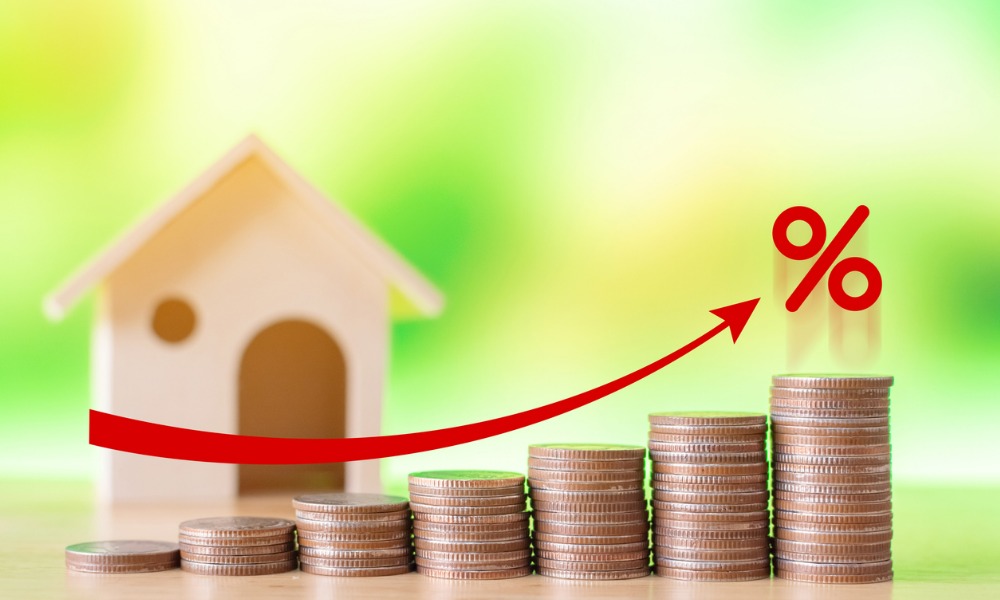Banks tussle to attract new borrowers and grab a piece of the estimated $500 billion in refinancing activity

As rates continue to rise, banks are competing fiercely for mortgage customers, both by attracting new borrowers and trying to grab a piece of the estimated $500 billion in refinancing activity.
The Reserve Bank is expected to raise the cash rate by as much as 50 basis points at its meeting today, which would be the sixth rate hike since May. That would take the cash rate to 2.85%, the highest level since April 2013, The Australian reported.
Climbing interest rates drove an 11% tumble in the value of new home loan commitments in July compared to a year earlier, and house prices are falling as demand dwindles. That means banks are having to fight to attract new customers and those seeking to refinance – and to retain existing customers who may be shopping for a better deal.
“Lenders are actually aggressively pricing for refinance as well as new business,” John Kolenda, MA Financial’s managing director of strategy and growth, told The Australian.
MA (formerly Moelis Australia) acquired mortgage broker Finsure Finance early this year. Kolenda, co-founder of Finsure, said that banks were competing fiercely to attract mortgage customers, while refinancing accounted for 55% of volumes.
“Traditionally if the purchase market is really strong, then they’re out there for new borrowers and they ignore the refinance market, and when the market tightens they go for the refinance market,” he told The Australian. “This cycle is a dual-pronged attack.”
According to data from RateCity, the biggest cashback offers currently in the market are from Reduce Home Loans, AMP and Citibank. Reduce is offering $5,000 cash back for home loans of $750,000 to $2 million, AMP is offering $5,000 for loans of more than $1 million, and Citi is offering $5,000 for loans of more than $850,000.
Read next: When will house prices find their floor?
Anthony Baum, chief executive of Tic:Toc, said the digital lender was seeing heightened mortgage competition and positioning for a wave of refinancing as borrowers near the end of their fixed-rate mortgage terms.
“My expectation is that [refinancing volume] will be significantly stronger from the fourth quarter this year onwards, because the fixed-rate home loans that were a significant part of most lenders’ volumes through the pandemic start to mature or reach the end of their fixed period,” Baum told The Australian.
Baum also said that falling house prices could spur first-home buyers to strike while the iron is hot.
“They’re checking affordability, they are getting full approval subject to property and they are positioning themselves for the fall in prices,” he said. “For first-home buyers a fall in prices of 10% can actually offset the increase in interest costs to some degree, because the borrowing amount drops.”
Kolenda said he expected borrowers to cut back on spending as further rate hikes push loan repayments skyward.
“The two rate rises – the most recent ones – still haven’t filtered through to hitting the hip pocket,” he told The Australian. “It’s generally six to eight weeks, so borrowers haven’t seen the impact of those two payment rises. It’s going to hit home, that message, and they’re going to slow down their spending … we are at that tipping point.”



